Today we saw snowflakes here at Magellan! Thankfully, the weather was beautiful without a cloud in the sky; the snowflakes were on Clio.
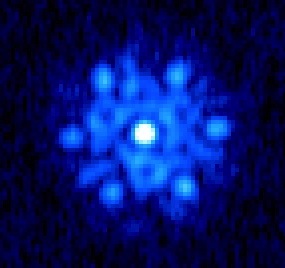
This is an image of a star. Although it looks distorted, this image is actually great. If our AO system is performing well, the image shape (the technical term is “point spread function”) will be very stable. Who says no two snowflakes are alike?
This image is using a technique called “non-redundant masking,” or NRM, to further improve the resolution of our telescope. With NRM, it’s possible to increase our already AO-enhanced resolution by another factor of ~2. This lets us see companion objects extremely close to their host stars, for example. However, nothing good comes for free; in order to achieve super-resolution, we have to throw away most of the light reaching our telescope (see image below). So this technique is only useful for very bright targets.
For a detailed explanation of the images below are showing, and of how to go from telescope pupils to images, see Katie’s previous post.
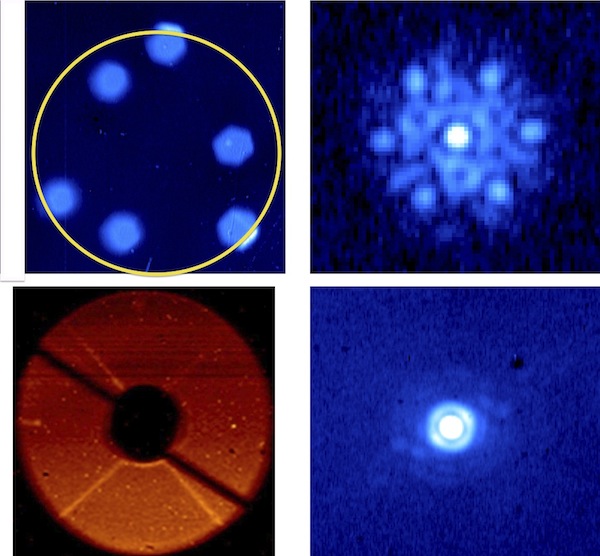
The beauty of the MagAO system is its simultaneous visible/infrared imaging. So while we were imaging with Clio, Kate was taking visible-light data of the same objects to study the properties of their circumstellar disks.
In other news, Laird, Jared, Kate, TJ, and I gave a Magellan virtual tour to a group of prospective U of A grad students over Skype. The intertubes were a bit clogged, so I’m not sure how well they could see us, but hopefully our enthusiasm for the project came through anyway!
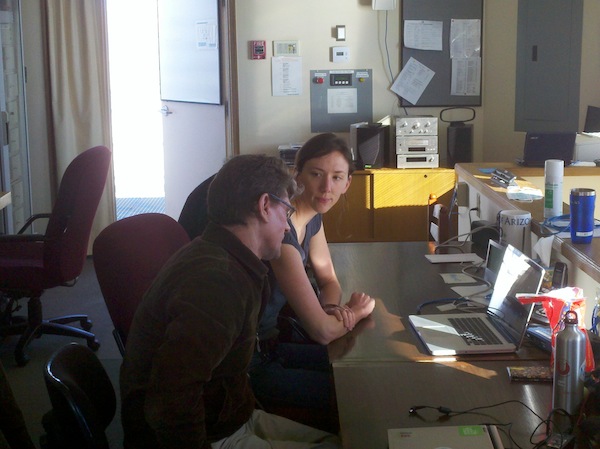
Runa also gave a virtual tour, though perhaps a lower-stakes one…
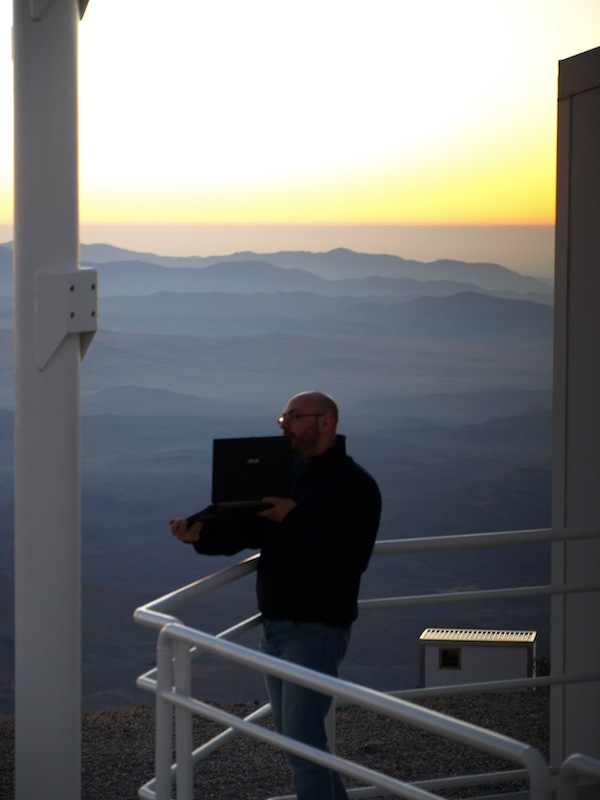
Former Steward grad Derek Kopon sent us this neat pic today from Amsterdam:

And of course, I can’t forget Miss Viz…
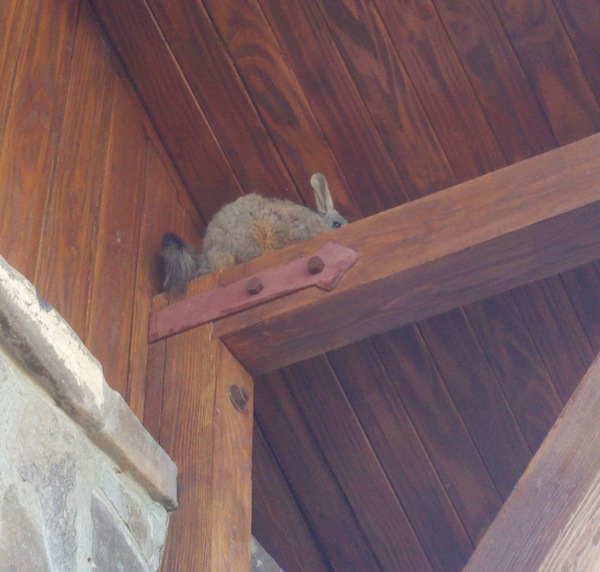
And finally, I gave a shout out…
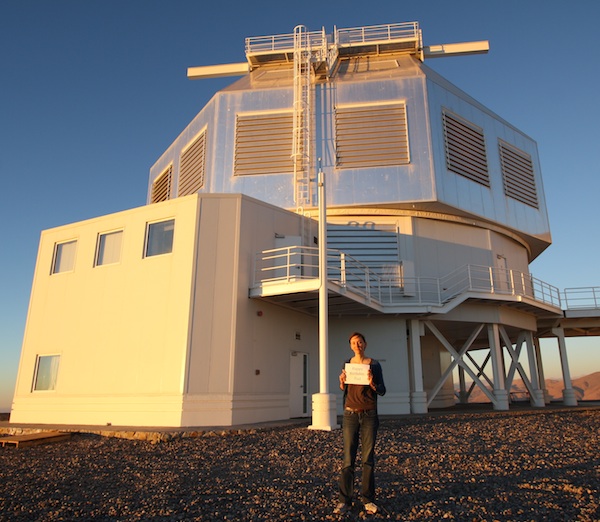
“I don’t ever remember focusing at MMT. Not even once.” –TJ, “I’ve never had a grad student who said that.” –Laird
“Geeze, when are you going to stop nodding??” –Kate
“I’m behind TCL, but Alfio’s behind me.” –TJ
“Don’t worry. Just a Laird check.” –Jared